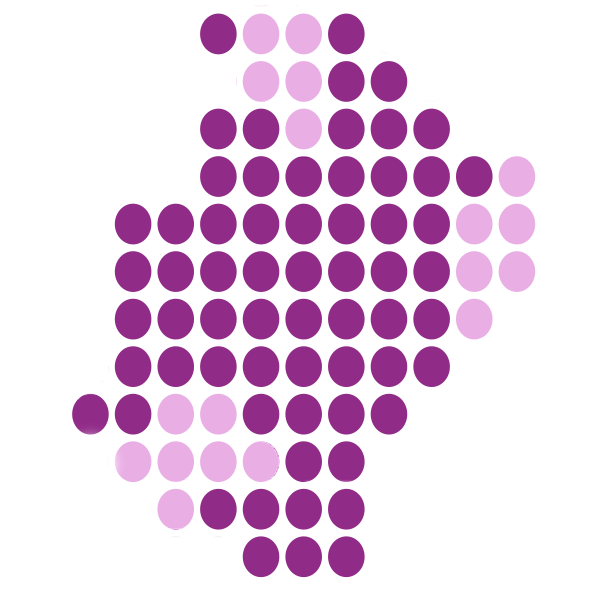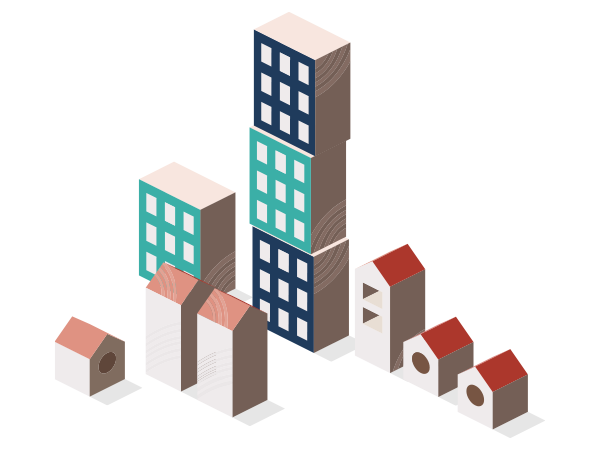Housing
Sources
- Number of households Census data, ONS - 2021
- Tenure Census data, ONS - 2021
- UK House Price Index, ONS and Land Registry - 2022
- London Private rents, ONS - 2022
- Housing Strategy, London Borough of Bexley - 2020 (PDF)
- Strategic Housing Market Assessment, London Borough of Bexley - 2021 (PDF)
- Household Survey (Accessed in the Strategic Housing Market Assessment,) London Borough of Bexley - 2021 (PDF)
- Housing Monthly Performance Report, London Borough of Bexley (Internal) - 2021




